Virginia Perennials
1/62
Earn XP
Description and Tags
Natives+
Name | Mastery | Learn | Test | Matching | Spaced |
|---|
No study sessions yet.
63 Terms
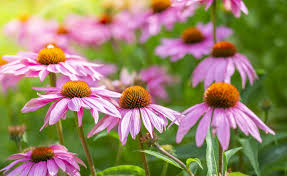
ConeFlowers
Coneflower is a native perennial wildflower with large, daisy-like flowers with slightly drooping magenta “petals” (ray flowers). Blooms May through October. Flowerheads are usually solitary, terminal, and quite large. The disk (center) is orange and spiny. The ray flowers are various shades of magenta or rose-purple. Basal leaves have long stems and grow to 6 inches long; they are coarsely toothed, oblong, and rounded at the base. Upper leaves are smaller, lance-shaped, and may or may not have stems


Black-eyed Susan
Fine hairs on the stem and leaves
The leaves are large and oblong (up to 7 inches long) with a stem near the base and
smaller and stemless further up the stem. The basal leaves often wither away later in
the season. The stems are stout and light green in color, extending up to 2.5 feet tall.
Each flower head has around 10-20 yellow ray flowers and numerous dark brown disk flowers. The flowers bloom
around mid-summer for about a month and sometimes last into the fall. The plants have taproots and lack
rhizomes, as they rely on seed for reproduction.
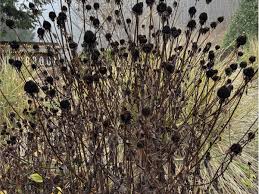
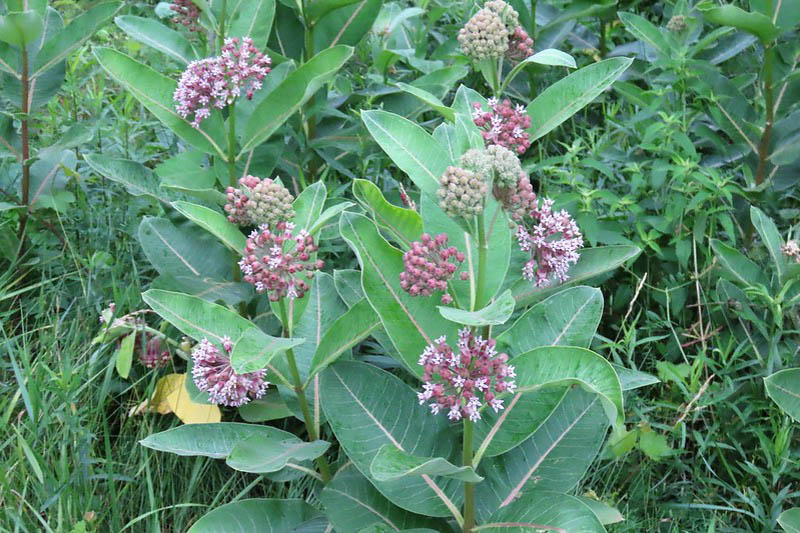
common Milkweed
Leaf Arrangement: Opposite
Leaf Shape: Elliptic , Lanceolate , Oblong , Ovate
Inflorescence: Umbel
Fruit Type: Follicle
Size Notes: Typically 3-5 feet (90-150 cm) but can reach 8 feet (240 cm) in ditches and gardens.
Leaf: 4-7 1/2 in (10-19 cm) long and 2-4 1/3 in (5-11 cm) wide. Shape is variable and is described as ovate, oblong, lanceolate or elliptic. The rich dark green of the top of the leaves contrasts with a lighter green on the underside. Leaf pairs often perpendicular to each other with short petioles.
Flower: Slightly pendulous spherical umbels with as many as 100 flowers per umbel, but usually 30+/- flowers. 3+/- umbels per stem. Pedicels are 1 1/2 in (4 cm) long. Petals up to 1/3 in (9mm) long. Hoods and horns are white or purple. Corolla reflexes backward to expose the hoods and horns. Horn protrudes through the hoods.
Fruit: Follicles approximately 3 1/2 in (9 cm) long to 1 2/3 in (4 cm) at the widest point. Fruit color is grayish and is thick at the base and tapers down to a narrow tip. Follicles are covered with hair and soft spikes. Fruits split open between September-October.
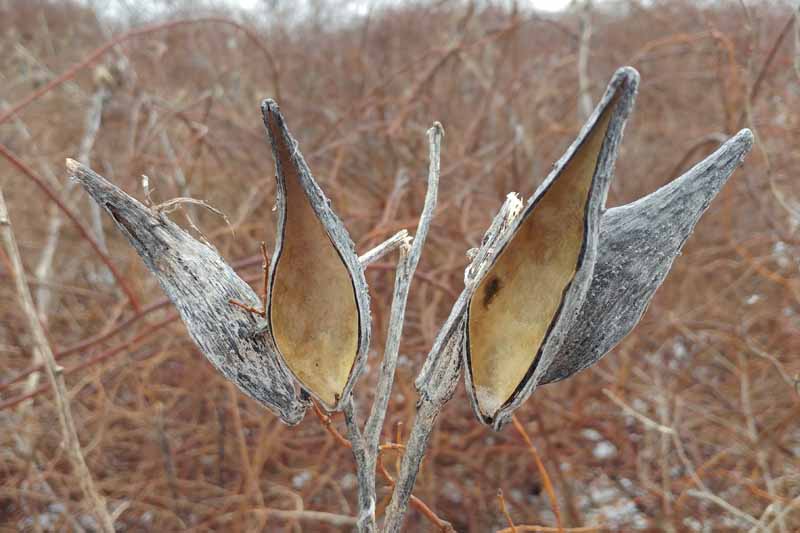

Hostas(non-native)
Acaulescent herb with parallel-veined leaves
Petioles sheathing, sulcate, sub peltate
Inflorescence scapose raceme, leafy-bracteate
Corollas tubular abruptly bell-shaped apically
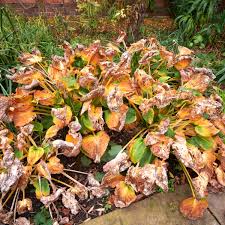
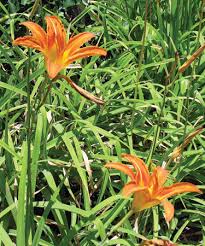
Daylilies(non-native)
Tall erect herbs with grass-like leaves
Leaves often folded somewhat
Flowers large to gigantic, reds to yellows
Flowers with narrow tube opening to large bell-shape
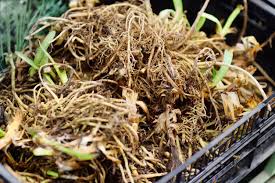

Swamp Milkweed (Asclepias incarnata L.)
The large, bright, terminal blossoms of this tall, showy perennial are made up of small, rose-purple flowers. Deep pink flowers clustered at the top of a tall, branching stem, bearing numerous narrow, lanceolate leaves. Opposite, narrow, lance-shaped leaves line the erect, open-branched stem. Elongated, tan-brown seed pods persist into winter.
Duration: Perennial
Habit: Herb
Leaf Arrangement: Opposite
Leaf Complexity: Simple
Leaf Shape: Lanceolate
Leaf Venation: Pinnate
Leaf Pubescence: Glabrous
Leaf Margin: Entire
Leaf Apex: Acute
Leaf Base: Rounded
Breeding System: Flowers Bisexual
Fruit Type: Follicle
Size Notes: Up to about 5 feet tall.
Leaf: Leaves: Long and narrow and taper off to a point, 2 3/4 - 6 in (7-15 1/4 cm) long and 1/2 - 1 in (1- 2 1/2 cm) wide. Glabrous. Leaf texture is coarse, color is green, and plant stands erect. The leaves on plants exposed to full sun are often purplish toward the end of the growing season. Leaf arrangement is opposite and attachment is petiolate.
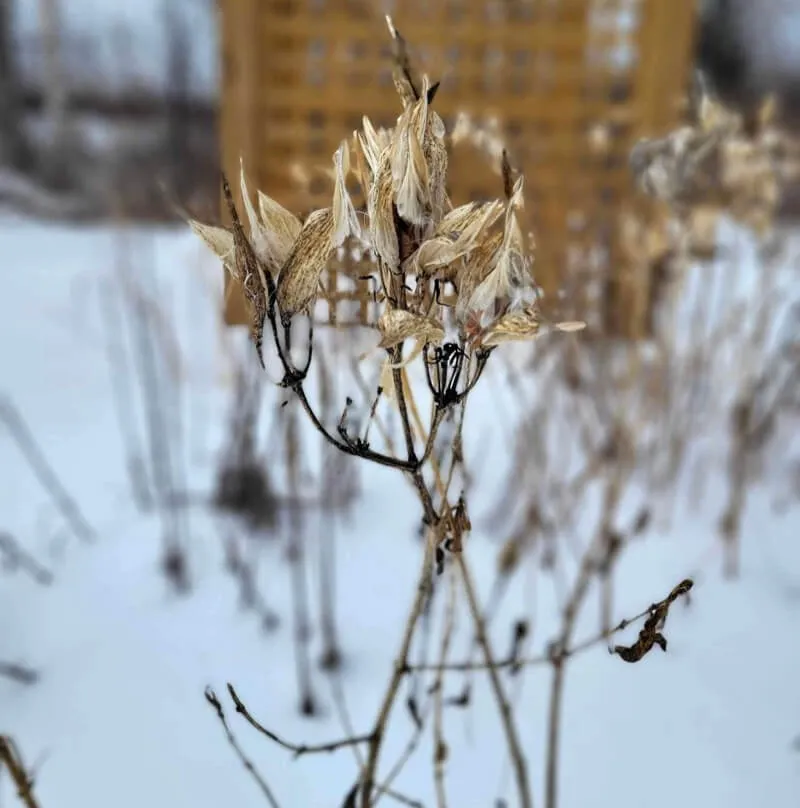
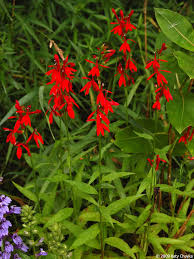
Cardinal flower (Lobelia cardinalis L.)
Duration: Perennial
Habit: Herb
Inflorescence: Raceme
Fruit Type: Capsule
Size Notes: Up to about 6 feet tall.
Leaf: Dark Green
Autumn Foliage: yes
Flower: In terminal racemes. Resupinate. Zygomorphic. Sepals 5. Petals 5 fused. Stamens 5 fused by their lower parts. Carpels 5 fused inferior.
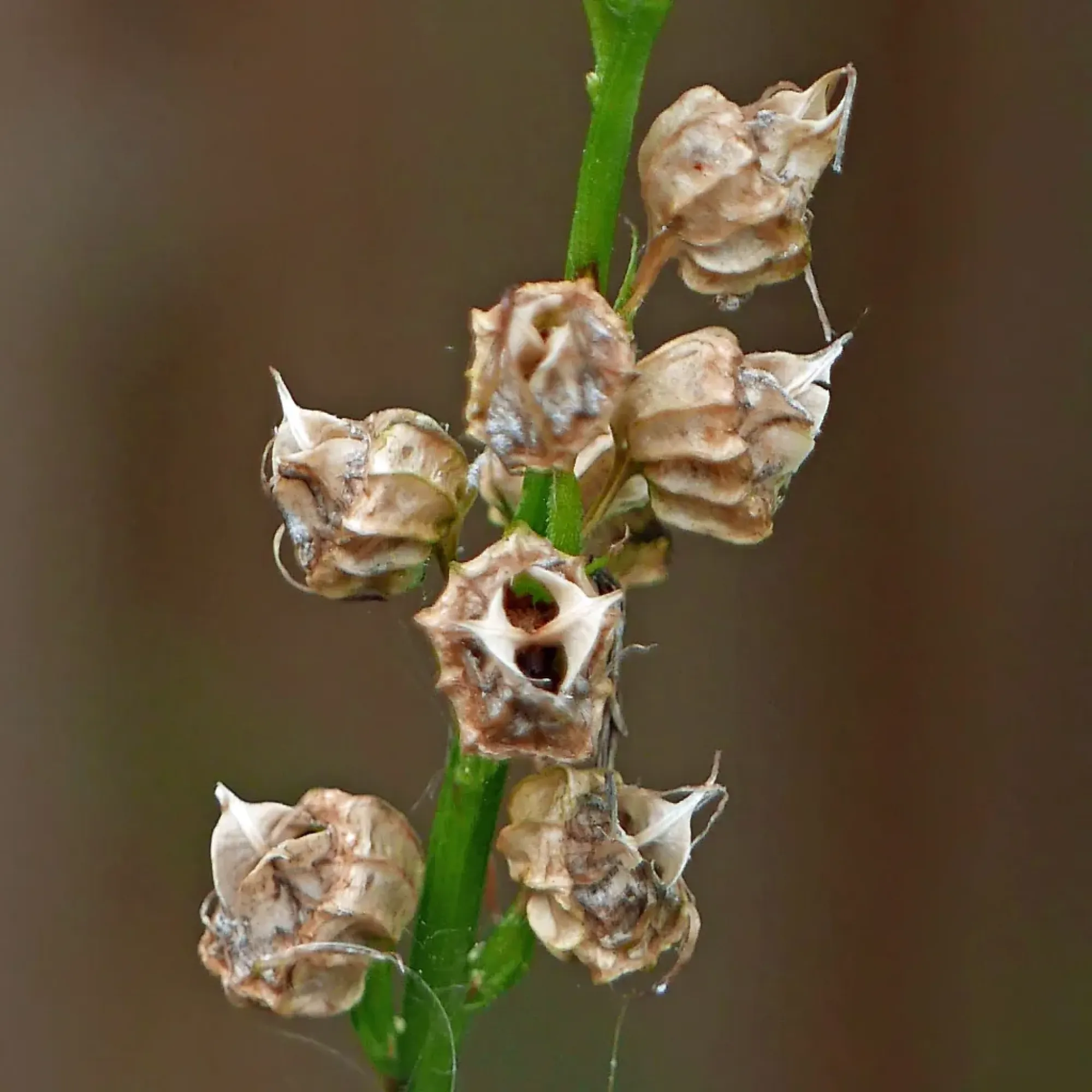

salvia
woody square stems
opposite leaves
fragrant
soft velvety or hairy leaf texture

Stonecrop or sedum(Sedum ternatum Michx.)
Duration: Perennial
Habit: Herb
Leaf Retention: Evergreen
Leaf Complexity: Simple
Fruit Type: Follicle
Size Notes: Up to about 8 inches tall.
Light Requirement: Part Shade
Soil Moisture: Moist
Soil Description: Thin, limey soils.
Conditions Comments: Once established, this prostrate, spreading ground cover needs little, if any, maintenance.
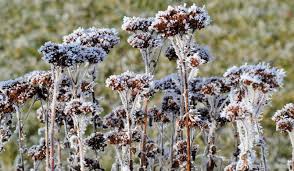
grasses
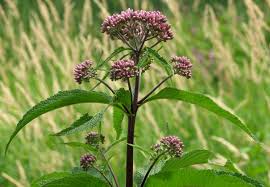
Joe-Pye-Weed(Eutrochium maculatum (L.) E.E. Lamont)
Duration: Perennial
Habit: Herb
Root Type: Fibrous
Leaf Arrangement: Whorled
Leaf Complexity: Simple
Leaf Shape: Ovate
Leaf Margin: Serrate
Size Notes: To about 6 feet in height.
Fruit: Fruit is a cypsela (pl. cypselae). Though technically incorrect, the fruit is often referred to as an achene.
2-6 feet tall unbranched native perennial plant bearing branched flower stalks at the top. Main stem is purple or purple-spotted, stout and round, often covered with fine white hairs. Whorls of 4 or 5 yellowish green leaves occur along the central stem Leaves up to 8 inches long and 2½ inches across, ovate to narrowly ovate with serrated margins and conspicuous veins. Pink or purple flowers occur in flat-headed clusters several inches across containing 8-20 disc florets and no ray florets. Fruit achene-like with hair-like bristles dispersed by the wind.
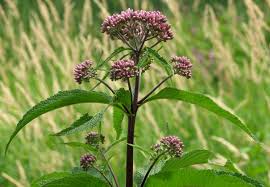
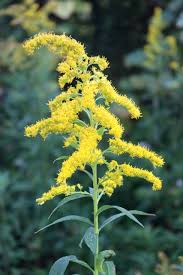
Golden Rod(Solidago spp)
The goldenrod plant has tall woody stems with beautiful golden-yellow pyramid-shaped flowers that grow in dense clusters. Each individual flower can have a ragged look, and the plumes are long and thin clusters.

Common Boneset(Eupatorium perfoliatum L.)
Duration: Perennial
Leaves: opp
Habit: Herb
Size Notes: Up to about 6 feet tall, often shorter.
Fruit: Fruit is a cypsela (pl. cypselae). Though technically incorrect, the fruit is often referred to as an achene.
Tiny, white flowers are arranged in fuzzy clusters top the 3-6 ft. stems of this perennial. Hairy plant with dense flat-topped clusters of many dull-white flowers. Paired leaves, united basally, are "perforated" by the erect stems.
used for its medicinal benefits~treatment for bone fever??
Perennial definition
Geranium
Smooth Sumac
Winterberry
Common yarrow
Common sneezeweed
Gray goldenrod
Mayapple
Virginia bluebells
Wild azalea
Witch hazel
Wild Columbine
Red chokeberry
Bloodroot
Violet SP
Sweet goldenrod
Pickerelweed
Hairy Alumroot
Solomons Seal
Fleabane
Goatsbeard
Deutzia
Northern Blue Flag
Virginia Iris
Primrose
Yucca SP
Golden ragwort
Northern White Violet
Wild blue phlox
Lungwort
Bluebeard
Lizards Tail
Blackberry lily
Wineberry
Swamp rose mallow
Blue Mist Flower
Sneezeweed
bluestem
Broom sedge
Purple love grass
Heartless Foamflower
Wild Blue Phlox
Coral Bells
Virginia Spiderwort
Toad Lily
Black Tupelo
Jacobs Ladder
Princess Tree
Wild Spikenard
Boxelder Maple